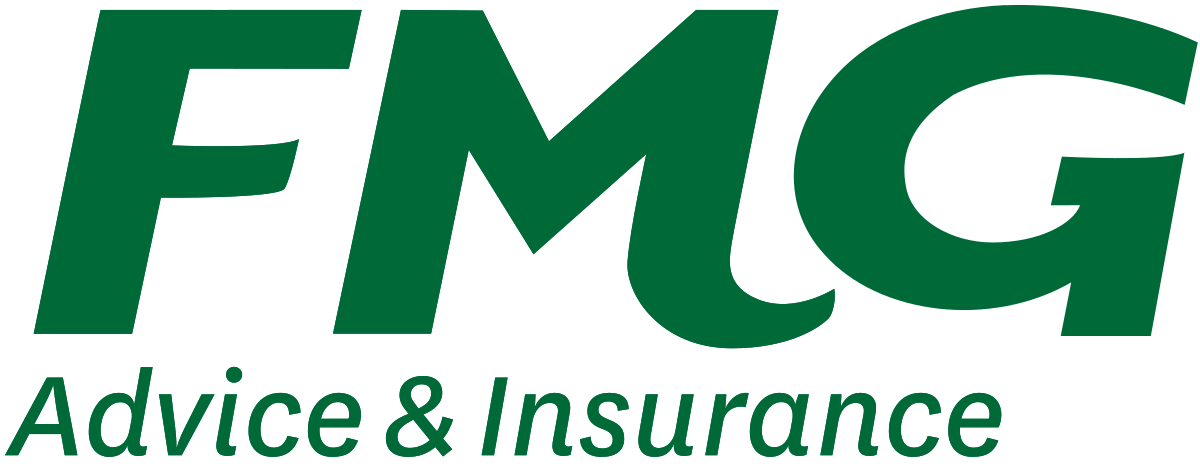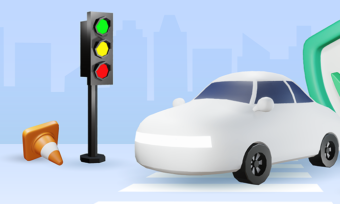Young drivers are the riskiest drivers on the road. Statistically speaking at least. And that risk is reflected in car insurance for young drivers, which typically comes at a premium. So if you’ve got a young driver in the family, should you grab them their own policy, or add them to yours? Canstar looks at your options, as well as the best car insurance for families with young drivers.
Car insurance for young drivers: what are your options?
You have a few options when it comes to insuring a young driver. And the best option can be difficult to get your head around. The three main options available to you are:
- Add your child to your car insurance policy
- Get them their own car insurance policy
- Not to include them on your insurance because your insurance provides appropriate cover
Add your child to your car insurance policy
This is likely the best option if your child is particularly young, new to the roads, and/or not on a full licence. With this option, you include your child as a driver of your vehicle/another vehicle (that is in your name). Your premiums will likely go up to reflect the added risk of having a young driver on the policy, but you can sleep easy knowing that they’re covered when out driving your car.
As long as the vehicles are registered in your name, you can cover multiple vehicles under your policy, including one for your child. So, you don’t have to share cars if you don’t want to. Do note that if your child will be driving their own vehicle (registered in your name) or will be using the vehicle the most, you will need to list them as the main driver of that vehicle.
This will likely impact your premiums more than if they simply borrowed your car every now and then.
However, even if you are the registered owner of a vehicle, and the insurance is in your name, the main person driving the vehicle must be listed as the main driver on the policy. Doing otherwise (like listing yourself as the main driver to lower premiums) is illegal.
Get them their own car insurance policy
Firstly, you can’t insure what you don’t own. So if your child is the registered owner of a vehicle, they will need their own policy. If your child is a young driver (under 25) but is independent and working, then they should be able to afford their own policy. It’ll probably cost more than your insurance does, but it shouldn’t be too astronomical, as long as they’ve got a clean driving history.
You can find the best car insurance for learners and young drivers here, as well as some tips to save on car insurance.
If your child will simply be using your car or using a car registered in your name, then you can add them to your insurance policy, as mentioned above.
Not to include them on your insurance
Car insurance policies provide cover for the occasional driver, so long as they meet the terms of your policy. It’s for this reason you can safely lend your car to a mate for the day, and not have to worry about insurance.
Do be careful, though. The driver must meet the same standards as you. Your insurer agreed to your policy based on the idea that you were driving your car, so if you’re on a full licence and well into your 30s, and you lend it to a 23-year-old restricted driver, it may not be covered.
Always check what your policy says (or with your insurer). Don’t just assume someone is or isn’t covered.
But, if your child meets the terms of the insurance (as confirmed by your insurer) and isn’t going to use your car often, you could be okay to not add them to the policy. On the rare occasion they do drive, they’ll still be covered.
For example, some insurance plans will automatically include cover for learner drivers. This is designed to allow parents to teach their children to drive without worry. Well, insurance worry, at least. Teaching a teenager to drive is scary enough!
However, not all policies include this automatically. You may need to add learner driver cover. So always check before letting your child behind the wheel.
While this type of cover most likely won’t impact your premiums, it will come with a host of added excesses. In addition to the standard excess, you may have to pay:
- Learner driver excess: added excess for a claim made as the result of a learner driver
- Young driver excess: added excess if they’re under 25
- Inexperienced driver excess: usually applies to learner drivers over the age of 25
- Undeclared driver excess: if you didn’t list a learner driver on your policy, your premiums were likely unaffected. But you may have to pay extra excess as a result
The above are on top of the standard excess, so it can quickly add up. That’s why it can pay to add your child to your policy. It may just be cheaper.
Best Car Insurance for Families with young drivers
If you do intend to add your child to your car insurance policy, you’ll want an insurer that won’t punish you for it. While higher premiums are likely, with the right insurer, you can still get great value. This is where Canstar comes in.
Each year, we release our Car Insurance Awards, including winners for Insurer of the Year, Outstanding Value, and Most Satisfied Customers. As part of our award results, we also publish our Outstanding Value Star Ratings, covering car insurance for different age groups. Below are our top-rated providers in the families with young drivers category.
Comprehensive Cover: Families with Young Drivers:
| Provider | Star Rating |
 |
 |
 |
 |
 |
See here for our ratings methodology. The table above is an abridged version of our research. For the full results of our latest Car Insurance Ratings and Award, click here.
About the author of this page
This report was written by Canstar Content Producer, Caitlin Bingham. Caitlin is an experienced writer whose passion for creativity led her to study communication and journalism. She began her career freelancing as a content writer, before joining the Canstar team.
Enjoy reading this article?
You can like us on Facebook and get social, or sign up to receive more news like this straight to your inbox.
By subscribing you agree to the Canstar Privacy Policy









Share this article